Supply Chain Report – 10/10/2025
Canadian Prime Minister Mark Carney is heading to Washington this week for a pivotal meeting with U.S. President Donald Trump, as economic pressures continue to mount at home. The discussions are expected to focus on tariffs and the broader trade relationship between the two countries — a topic that could shape Canada’s economic trajectory in the months ahead.
A Struggling Economy Faces New Headwinds
Canada’s economy has shown signs of strain in recent months. The unemployment rate has climbed to 7.1%, marking its highest point in nearly a decade and rising half a percentage point since the start of the year. Economists attribute this slowdown to a combination of factors, including reduced manufacturing activity, slower export growth, and the lingering effects of U.S. tariffs on key Canadian products such as automobiles, steel, and aluminum.
These tariffs have placed pressure on Canadian exporters, raising production costs and dampening investment confidence. The challenge has been further compounded by reports that Washington is preparing to impose additional tariffs on softwood lumber, one of Canada’s top export commodities to the United States.
“This meeting could not come at a more critical time,” said Inu Manak, a senior fellow for international trade at the Council on Foreign Relations. “It makes a difference to have face-to-face time with President Trump, especially when the economic stakes for Canada are this high.”
Domestic Pressure and Public Concerns
For Carney, the talks in Washington are not only about trade but also about addressing growing domestic unease. A recent Abacus Data poll surveying 1,500 Canadian adults found that the cost of living and overall economic well-being top the list of public concerns. With inflation pressures persisting and job growth slowing, Canadians are increasingly looking to their government for solutions.
Manak emphasized that the Carney administration must balance its international negotiations with domestic policymaking. “There is a necessity on the part of the Canadian government to shift away from being overly reactive to U.S. policy changes and focus instead on strategies that tangibly improve Canadians’ day-to-day lives,” she said.
The Tariff Impact and the Case for Exemptions
According to Jeffrey Schott, a senior fellow at the Peterson Institute for International Economics, tariffs on exports to the United States have a ripple effect on Canada’s internal economy. Many of the raw materials that Canada exports — such as steel and aluminum — are used to manufacture goods that later return across the border as finished products. This circular supply chain means that tariffs imposed by either side can ultimately raise prices for consumers in both countries.
Experts say this dynamic has made tariff exemptions or targeted relief measures a top priority for Carney. “He’s likely to push for more flexibility in sectoral tariffs,” Schott explained, “especially in industries that directly affect Canadian incomes, such as automotive manufacturing and resource processing.”
Trump’s Response and Trade Outlook
During the initial round of discussions on Tuesday, President Trump stated that the United States will “treat Canada fairly” in any future trade deal, though he did not specify what changes might be made. He added that the U.S. seeks a “comprehensive” arrangement that could include the dairy sector, a historically sensitive issue in trade talks between the two nations.
Observers note that while the tone of the meeting appeared constructive, concrete details on tariff adjustments remain unclear. The outcome of these discussions could play a crucial role in shaping the future of North American trade, particularly as the U.S.-Mexico-Canada Agreement (USMCA) approaches its mandatory review next year.
The Bigger Picture: The Future of USMCA
The USMCA, signed to replace the former NAFTA framework, currently allows duty-free trade for goods that comply with its origin requirements. However, non-compliant goods have faced higher tariffs under Trump’s trade policies, a move analysts interpret as part of a broader effort to influence future negotiations.
“What is at risk is the continuation of the deal as it stands,” said Schott. “Any significant policy shift could lead to either a renegotiation or gradual fragmentation of the agreement.”
Manak added that while a complete renewal of the trilateral trade pact appears uncertain, both Canada and Mexico must prepare for evolving trade conditions. “We could see a scenario where bilateral negotiations become more prominent if the trilateral arrangement weakens,” she said.
Strategic Importance of the Meeting
For Carney, the Washington visit represents both a challenge and an opportunity. The meeting gives Canada a chance to advocate for its economic interests directly, emphasizing the need for tariff relief and policy stability. It also serves as an early indicator of how the U.S. intends to approach trade with its closest neighbors as the USMCA review draws closer.
Analysts suggest that Carney’s strategy will likely involve reinforcing the strength of Canada-U.S. economic ties, highlighting mutual benefits in maintaining open trade channels. With industries and jobs on the line, the outcome of this meeting could have far-reaching effects on Canada’s economic confidence and cross-border investment climate.
As Manak concluded, “This isn’t just about one meeting — it’s about setting the tone for the next chapter of North American trade. The decisions made now will influence not only tariff policies but also how the region approaches economic cooperation moving forward.”
#TradeRelations #CanadaEconomy #USMCA #TariffTalks #SupplyChainNews

















